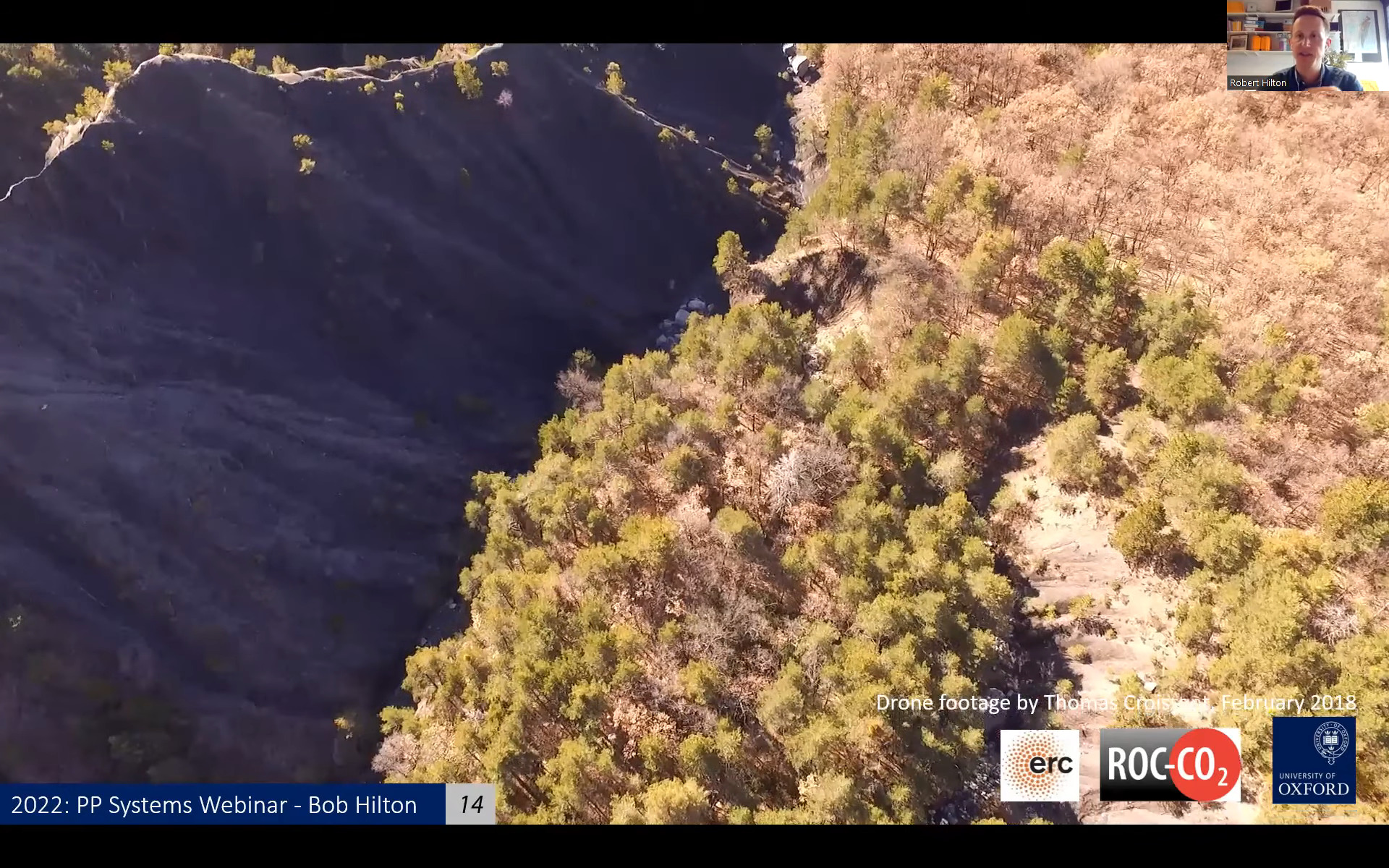Hey there, curious minds! Today, we’re diving deep into a geological disco where rocks do the carbon tango. Buckle up because we’re unraveling the mystery of how the weathering of rocks can throw a bit of a carbon dioxide party.
The Earth’s Silent Ballet:
Weathering of Rocks and Carbon Dioxide Revelry
Ever wondered what happens when Mother Earth decides to shake a leg with carbon dioxide during the weathering of rocks? Brace yourselves for a revelation. Picture this: silicate rocks, those sturdy chunks that make up the Earth’s mantle, get hit by the acid rain dance. It’s not a destructive downpour; it’s more like nature’s delicate waltz.
In this dance of elements, a chemical reaction unfolds. Silicate rocks, playing the lead role, absorb carbon from the atmosphere like a sponge soaking up a spilled drink. As the music of weathering plays on, new characters emerge. Elements like calcium step into the limelight, created through this intricate choreography between rocks and rain.
But hold on to your hats—there’s a twist in this geological saga. It turns out, when carbon-rich sedimentary rocks, those storytellers of ancient Earth tales, experience the relentless forces of geological weathering—imagine mountainous uplifts and erosions strutting onto the stage—they don’t just soak up carbon. Oh no, they release a dance move of their own—carbon dioxide, to be exact.
A study published in Nature spilled the beans on this covert operation. Brace yourselves for a mind-boggling fact: the total amount of carbon dioxide these rocks release annually is a whopping 68 megatons. To put it into perspective, that’s on par with the emissions from Earth’s volcanoes. Who would’ve thought rocks had such flair for dramatic exits?
Robert Hilton, a geochemist from the University of Oxford and one of the study’s masterminds, throws us into a spin with this revelation. “This study is exciting because it highlights the significance of a previously understudied flux in the global carbon cycle—the oxidation of ancient organic carbon stored in sedimentary rocks,” declares Marisa Repasch, a geochemist from the University of Colorado Boulder, adding her two cents to this geological ball.
The Subterranean Symphony:
Nature’s Orchestra and Carbon Dioxide Crescendo
Now, let’s talk about the symphony that Mother Nature conducts below our feet. Rocks, weathering, and carbon dioxide—three elements dancing together in a geological ballet that affects our planet’s rhythm. It’s not just about raindrops; it’s about the silent crescendo that happens when rocks, over time, decide to release their captive carbon dioxide.
Imagine this: a mountain, standing tall and majestic. As the geological orchestra plays, the mountain faces the elements—wind, rain, and time. Slowly, the carbon-rich sedimentary rocks that make up this mountain start to give in to the pressure, literally and figuratively. They crumble, they weather, and in this process, they liberate carbon dioxide into the atmosphere.
This subterranean symphony is a ballet of balance. On one hand, silicate rocks are soaking up carbon like Earth’s very own carbon vacuum cleaners. On the other, sedimentary rocks are releasing carbon dioxide, contributing to the atmospheric composition in a way that we might not have paid much attention to before.
It’s a delicate dance, one that has been happening for centuries, unnoticed by many. The Earth, our grand stage, witnesses this silent ballet beneath our feet—a geological performance that shapes the world we know.
Carbon Dioxide:
The Unseen Player in Earth’s Global Carbon Cycle Drama
Let’s pause for a moment and shine a spotlight on our mysterious guest star—carbon dioxide. It’s not just a greenhouse gas floating around causing climate change; it’s also a key player in the intricate drama of the global carbon cycle.
When we talk about the weathering of rocks and the release of carbon dioxide, we’re tapping into a subplot of Earth’s carbon cycle. Silicate rocks, by soaking up carbon, are essentially helping to regulate the levels of this vital element in the atmosphere. It’s a natural balancing act, a planetary-scale give-and-take that keeps our climate in check.
However, when sedimentary rocks decide to release carbon dioxide, it adds a layer of complexity to the story. It’s not a one-way street; it’s a dynamic exchange. This underexplored flux, as highlighted by the study in Nature, sheds light on the oxidation of ancient organic carbon stored in sedimentary rocks—a process that deserves a standing ovation in the grand theater of Earth’s geological history.
So, the next time you take a stroll in the mountains or feel the raindrops on your face, remember you’re not just experiencing weather; you’re witnessing a geological performance where rocks, rain, and carbon dioxide are the lead dancers in a silent, majestic ballet that shapes our planet’s destiny. The Earth, it seems, has more than a few tricks up its sleeve, and the carbon dioxide tango is just one of them.


Leave a Reply